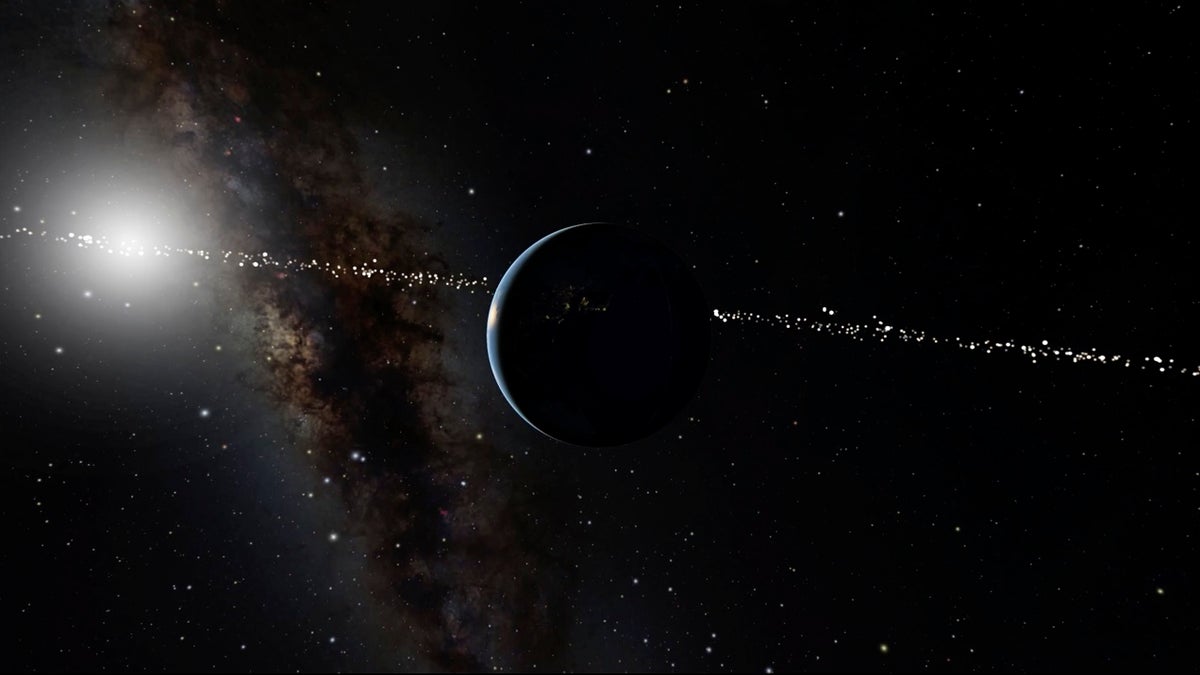Free speech attorney and NYU professor debate over 'hate speech' on Dr. Phil
Two guests debated over freedom of speech and cancel culture on an episode of Dr. Phil.
A Colorado professor believes astrophysics is steeped in systemic racism and White supremacy.
Natalie Gosnell, a professor of physics at Colorado College, wants to take an unorthodox approach to teach physics by interpreting it through the lens of race.
"Both artists and scientists are just observing things about the world, making interpretations about those observations, and then sharing their interpretation," Gosnell told Colorado College News.
ALBANY TEACHER PRESSES SCHOOL DISTRICT OVER LENIENT ATTENDANCE POLICY: 'SHORT-CHANGING THE KIDS'

However, Gosnell claimed she struggled to deal with a White-male-dominated industry who don’t share the same sensibilities as she does. (iStock)
However, the astrophysicist claimed she struggled to deal with a White-male-dominated industry who don’t share the same sensibilities as she does. Therefore, Gosnell maintains the view that the potential to combine art and science is inhibited by systemic racism and White supremacy.
"As an astrophysicist, I'm a product of institutions that are steeped in systemic racism and White supremacy," Gosnell said. "The tenants of White supremacy that show up [in physics] of individualism and exceptionalism and perfectionism... it’s either-or thinking, and there's no subtlety, there's no gray area. All of this manifests in the way that we think about our research, and what counts as good research, what counts as important research."
MICHIGAN SCHOOL TRIP ALLEGEDLY BRINGS KIDS TO LOUNGE WITH STRIPPER POLES: 'POOR JUDGEMENT'

This illustration provided by the American Museum of Natural History depicts the planet Earth, center, with the Sun in the background. The line of spots across the center of the image indicates star systems which can see Earth as it goes in front of our Sun. (OpenSpace/American Museum of Natural History via AP)
Gosnell’s perspective is manifested through her artwork. According to a newspaper affiliated with Colorado College, she created an art piece depicting how dying stars transfer mass to other orbiting stars. Her latest art piece "The Gift," tells the story of a dying star transferring its mass to its orbiting star.
The dying star phenomenon has typically been viewed through a "hypermasculine lens" or a branding of the mass-receiving star as the "bad boys" of the universe, Gosnell told the outlet.
"I think because science and art have been so separated, and there's [...] systemic issues within science, the metaphors that are often chosen [to discuss science] are very violent and hyper-masculine," she said.
Gosnell's research "focuses on the evolutionary histories and future evolution of canonically strange binary stars" at Colorado College.
Furthermore, Gosnell built a strong reputation in academia as an astrophysicist, receiving the prestigious Cottrell Scholar Award. Her work on the exclusive environment of physics has been published at the American Institute of Physics and the American Physical Society.
CLICK HERE TO GET THE FOX NEWS APP
Fox News Digital has reached out to Gosnell, but she has not yet responded.

